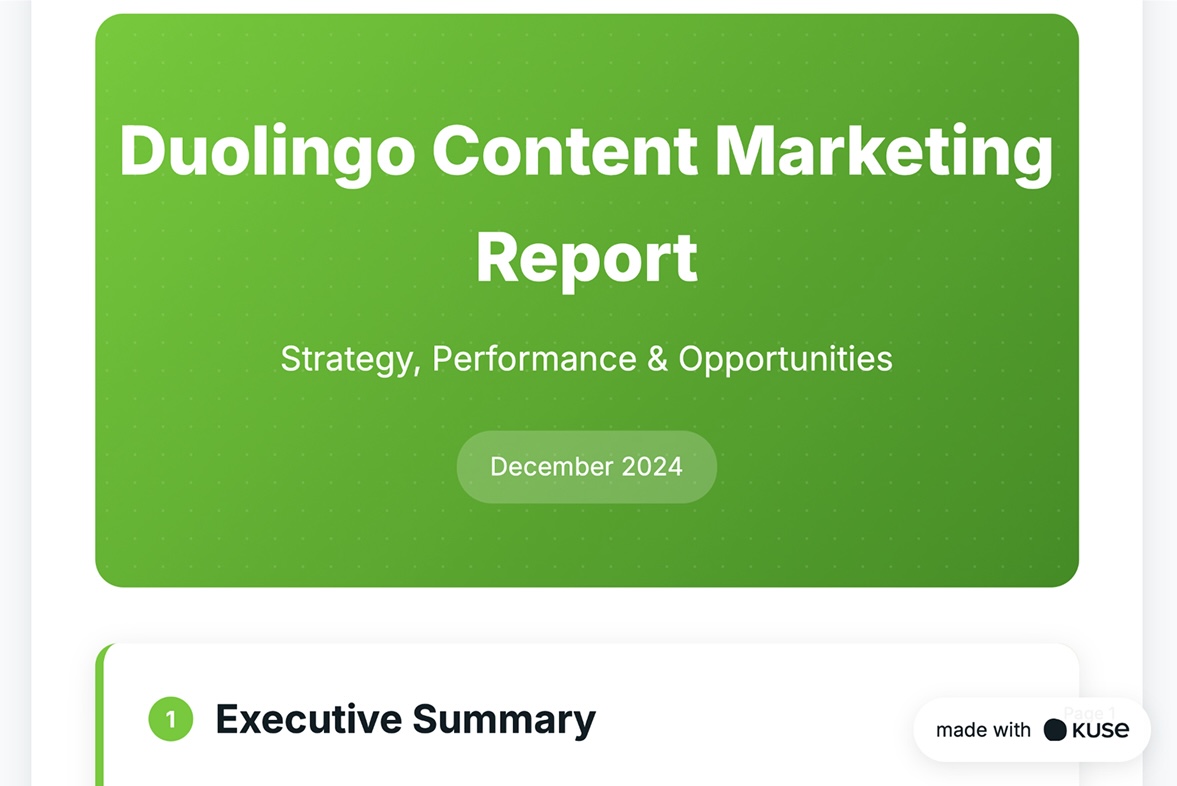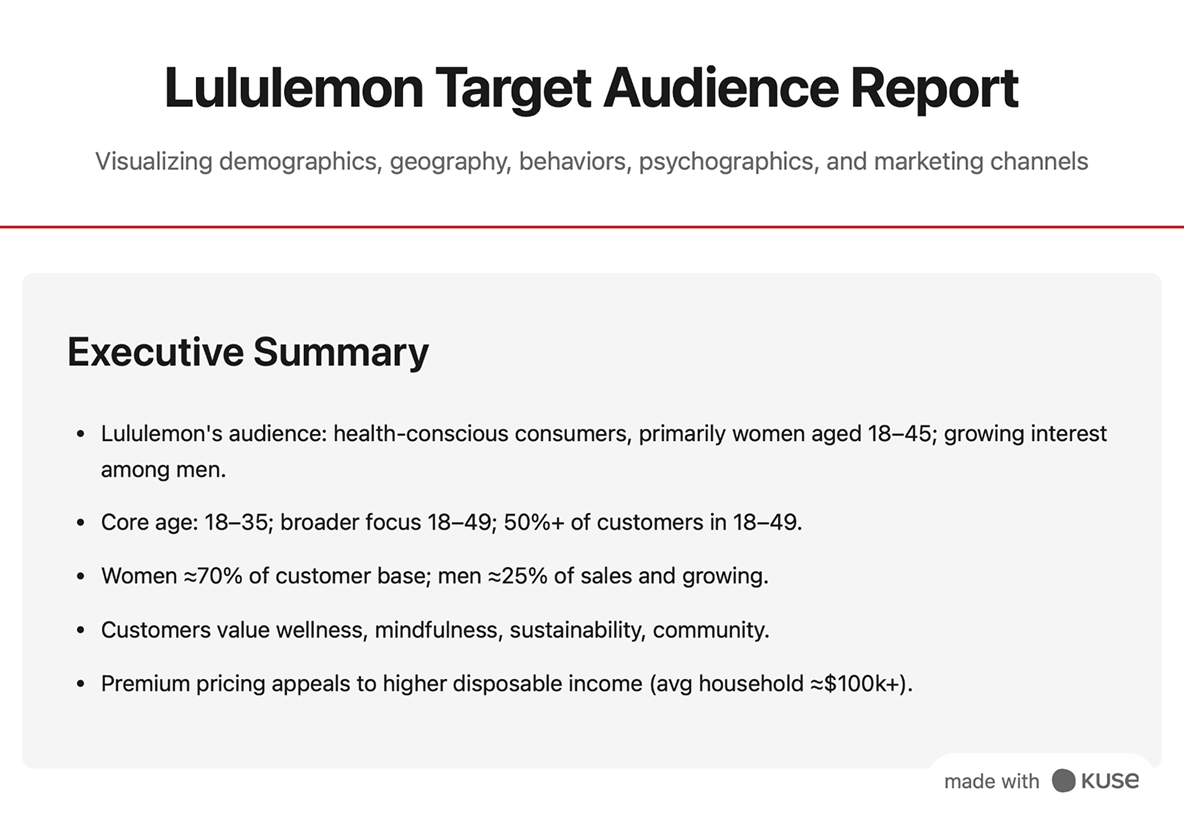How to Write a Business Proposal in 2025 - Including Templates
Not sure how to write a business proposal? This guide explains what proposals are, why they matter, key types, and a step-by-step method, with practical templates.

What is a business proposal?
A business proposal is a decision-ready document that responds to a buyer’s need with a concrete scope, timeline, pricing, and terms. In regulated settings it often answers a formal request for proposal (RFP); in other cases it follows a sales conversation or is sent proactively. Strong proposals make requirements easy to verify (compliance), outcomes easy to judge (value), and approval easy to grant (clear next steps). The proposal profession’s body of knowledge emphasizes compliance with instructions and direct, readable language.
Why business proposals are important
A proposal aligns expectations before work starts. It reduces scope creep by stating assumptions and exclusions, shortens internal review by mapping deliverables to business goals, and lowers perceived risk with evidence of capability and clear terms. How you write matters: decades of usability research show concise, scannable, objective content materially improves readers’ ability to extract and act on information—exactly what buying committees need.
Types of business proposals (and when to use each)
How to write a business proposal (step-by-step)
1. Research the buyer and outline before writing
Confirm goals, constraints, decision criteria, stakeholders, budget range, timeline, and any mandatory instructions. Draft a one-page outline that maps each section to a buyer question: What do we need? What will you deliver? When? How much? What risks remain? Proposal standards treat “compliance” as meeting each stated requirement—nothing more, nothing less.If there’s no formal RFP, what does “compliance” mean? Mirror the buyer’s words from discovery, answer their explicit questions in headings, and state any assumptions that affect price or schedule; you’re “complying” with the expectations they set in conversation. (Based on APMP guidance on compliance and readability.)
2. Front matter that speeds review
Use a specific title (client + outcome), a brief cover note that ties back to meetings, and a table of contents. Place an executive summary up front for non-technical approvers. Keep top sections concise and scannable; readers decide quickly whether to continue. Do I need an executive summary for every proposal? For transactional RFQs, it’s optional. For RFPs or multi-stakeholder purchases, a short executive summary improves comprehension and alignment.
3. Problem/need statement and context
State the current state, constraints, and success criteria in the buyer’s language. Anchor assertions with the buyer’s data or credible industry references and date them (e.g., “Q4 2025 baseline”). This section earns trust and frames why your plan is the right fit.
4. Solution and scope of work (SOW)
Describe what you will deliver and how you’ll deliver it. Break scope into phases or work packages tied to measurable outcomes (not activities alone). Explicit assumptions and exclusions reduce change orders and protect both sides. Proposal bodies of knowledge treat clarity and directness as best practices. What belongs in “assumptions” vs. “exclusions”? Assumptions are conditions priced into your plan (e.g., “client provides data by Day 5”); exclusions state what is not included (e.g., “data cleansing beyond X hours”). Both should be testable and tied to price/schedule impacts.
5. Timeline and milestones
Translate scope into a calendar: start/end dates, dependencies, stage-gates, and review points. In regulated procurement, follow the buyer’s scheduling instructions; missing a required milestone can render an offer non-compliant.
6. Team and qualifications
Present the named team, relevant case studies, and proof that de-risk execution. Link public bios if appropriate. Keep this brief; buyers evaluate value and risk together.
7. Pricing, billing, and commercial terms
Show a clean pricing table (base + options), payment schedule, and renewal/termination terms in plain language. If acceptance will be electronic, ensure your workflow supports legally valid e-signatures; U.S. law recognizes the legal effect of electronic records and signatures when requirements are met. Is an e-signature “real” for contracts? Yes. Under the U.S. ESIGN Act, electronic records and signatures carry legal effect and validity when specified conditions are satisfied. Always follow your counsel’s guidance.
8. Risks, assumptions, and exclusions (together)
List the 3–7 risks that matter, the mitigation you’ll take, and the buyer’s responsibilities. Place assumptions/exclusions in a table and cross-reference to price and schedule. This is where scope creep goes to die.
9. Acceptance and next steps
End with an acceptance block or e-signature section and spell out the immediate next step after approval (kickoff, who attends, the first deliverable). Clear next steps reduce friction at the finish line.
Business proposal templates that work in real engagements
Use these as starting points, each is structured for outcomes, clarity, and approval. Adapt to your offer and buyer.
1. Café business proposal template
Purpose.
Secure a lease or financing by proving market fit and repayment/return.
Structure.
Executive summary; concept & positioning; market/site analysis (foot traffic, comps); menu strategy & operations (COGS model, staffing, suppliers); build-out & launch plan (capex, timeline); financials (3–5-year projections, cash-flow, break-even); risk & compliance (permits, food safety); ownership & team bios; terms (investment/loan ask, use of funds).
Tips.
Align financial sections with lender expectations for small-business loans;
use clear assumptions and standard statements.
2. Marketing business proposal template
Purpose.
Earn approval by tying tactics to growth metrics and de-risking execution.
Structure.
Executive summary; objectives & guardrails; audience insight; strategy & channel mix (owned/paid/earned); scope & deliverables by phase; KPI targets & measurement plan; team & proof; budget & timeline; terms & acceptance.
Tips.
Present a compact KPI table (target, method, interval) and options (base vs. plus) for flexible budgets.
Keep proposals aligned, reduce the busywork
When proposals pull from RFPs, emails, briefs, and slides, keeping the full context visible prevents duplicate effort and missed requirements. Keep materials side by side, mark must-haves once, and let them flow into scope, milestones, pricing, and terms.
Save effective wording, assumptions, and options as reusable blocks with version history so each new proposal starts from a strong baseline, not a blank page. Kuse’s context-first workspace supports this end-to-end flow, keeping sources and outputs connected so teams stay aligned without extra copy-paste.
FAQs
1. What’s the purpose of a business proposal?
A proposal converts need into an approvable plan. It answers the buyer’s questions about outcomes, scope, price, terms, risk, and next steps, and—when responding to RFPs—does so in the precise format requested.
2. What are three tips for a successful proposal?
1)Follow the buyer’s instructions exactly (compliance comes first).
2) Write concisely with meaningful headings and tables so reviewers can scan.
3) State assumptions/exclusions that protect both sides and link them to price and schedule.
3. Business proposal vs. business plan—what’s the difference?
A business plan is an internal/external roadmap for building the company (often used for financing); a business proposal is a buyer-specific offer that seeks approval to start work. The SBA describes business plans as the foundation for running and financing a business; proposals are offers to a specific customer or contracting authority.
4. What’s an easy way to write a business proposal?
Start with a one-page outline mapped to buyer questions, reuse a proven structure (summary → problem → scope → timeline → pricing/terms → risks → acceptance), and keep language concise and objective. Use a short KPI table and a clean pricing table to speed decisions; if signatures are electronic, ensure your e-signature flow meets legal requirements.



